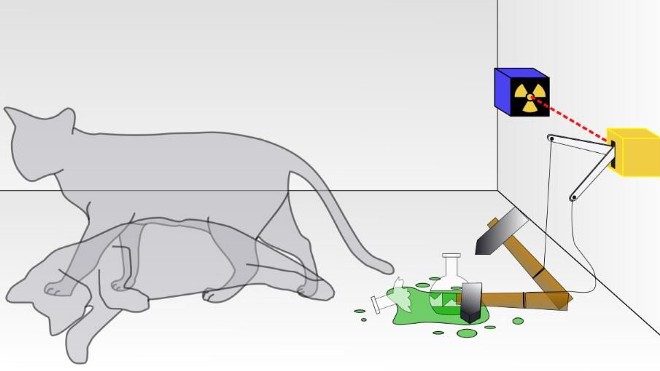Gerd Gigerenzer on seeing and understanding the risks around you.
Gerd Gigerenzer: In the good old times people learned how to read and to write. That’s no longer sufficient in the high tech twenty-first century. We also need to know how to deal with risk and uncertainty. And that is what I mean with risk savvy.
Here is a simple example. You hear on the weather report that there is a 30 percent chance of rain tomorrow. Thirty percent chance of what? Now I live in Berlin and most Berliners believe that it means that it will rain 30 percent of the time, that is seven to eight hours. Others think it will rain in 30 percent of the region. Most New Yorkers believe that’s all nonsense. It means it will rain on 30 percent of the days for which this prediction has been made, that is, most likely not at all. Many psychologists think that people can’t learn how to deal with risk but in this case it’s the experts, the meteorologists, who have not learned how to communicate risk in an instinctive way, that is to say to what class 30 percent refers. Time or region or days? And if you have some imagination you can think about other classes. For instance, one woman in New York said I know what 30 percent means. Three meteorologists think it rains and seven not. Now getting soaked is a minor risk. But are we risk savvy when it comes to more important things?
For instance, 20 year-olds drive with their cell phones glued to their ears not realizing that they decrease their reaction time to that of a 70 year old. Or many Americans, about 20 percent, believe that they are in the top one percent income group. And as many believe they will soon be there. Or take health. So about an estimated one million children get every year unnecessary computer tomography CT scans. And that’s really because they’re not really clinically indicated. Which is not just a waste of time but also danger to the kids because a CT scan can have the radiation of a hundred chest x-rays and may lead in a small number of these kids later to cancer.
We deal everyday with risks but we haven’t learned how to understand them. And the problem is not simply in the human mind but also in experts who really don’t know what the risks are or don’t know how to communicate. Or in other areas like if it’s about finance or health have interests other than yours. So the key message is this. Everyone can learn to deal with risk. In that case everyone can learn to ask the question probability of what. And second, if you believe that you’re safe by your delegating the responsibility of your wellness and health to experts then you may be disappointed because many experts do not know how to communicate probabilities or try to protect themselves against you as in health care as a potential plaintiff. So you have to think yourself. And that’s the key message.
Directed/Produced by Jonathan Fowler, Elizabeth Rodd, and Dillon Fitton





